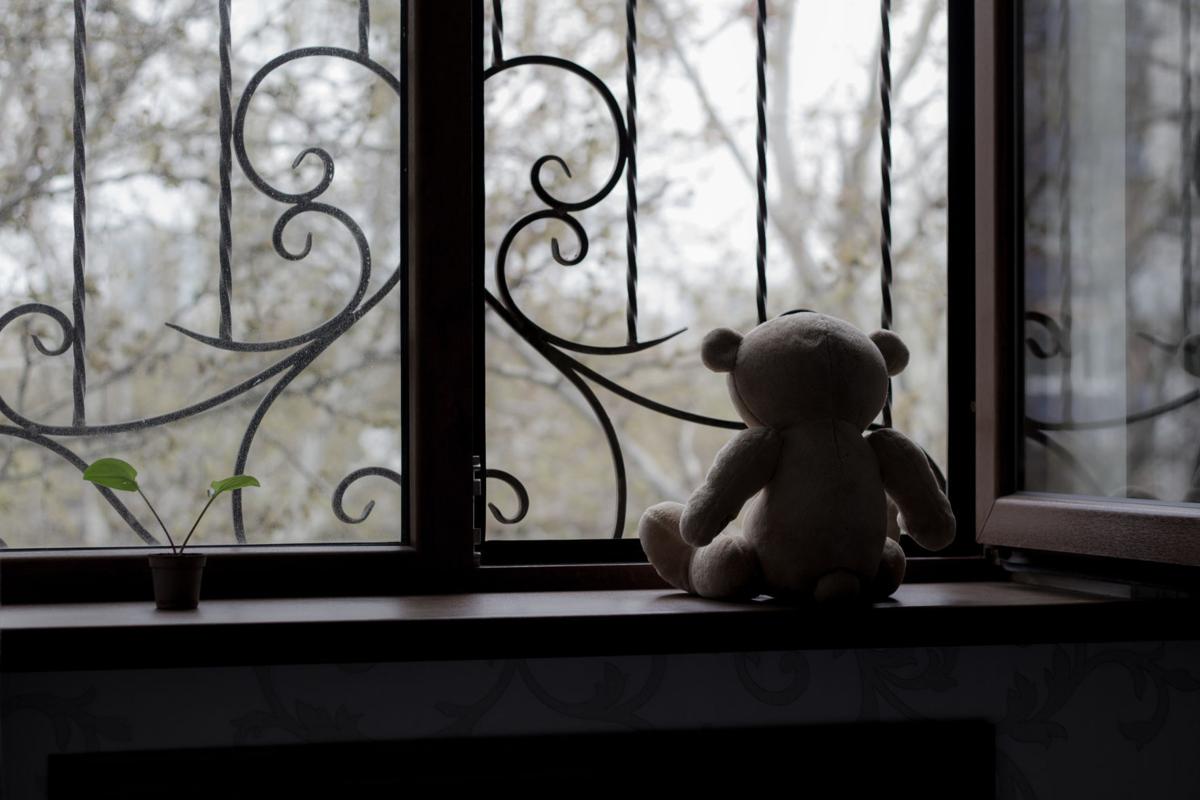Of the 783 Arizona children who died in 2016, nearly half could have been saved.
The rate at which Arizona’s children die from preventable causes was higher in 2016 than the year before, a new state report shows, but the review also brought some new slivers of hope.
The suicide rate decreased slightly, dropping from 2.9 per 100,000 children in 2015 to 2.3 per 100,000 children in 2016, said Dr. Mary Ellen Rimsza, who oversees the state’s Child Fatality Review Program.
“We were pretty excited about that,” Rimsza said. “It’s hard to know from one year to the next whether it’s a trend, but we hope it is.”
Youth suicides had been climbing for years, increasing 81 percent between 2009 and 2015, Rimsza said, with factors including drug and alcohol abuse, bullying, behavioral-health disorders and access to guns.
Another good finding in the report: The child mortality rate due to maltreatment dropped 6 percent from 2015 to 2016, from 5.3 deaths per 100,000 children to 5.0 deaths per 100,000 children. In 2015, 87 children died due to maltreatment compared to 82 in 2016.
Rimsza cautions that the slight improvement in that category doesn’t mean anything significant yet. There will need to be some fundamental changes in Arizona before there’s significant improvement in those areas, she said, especially when it comes to child neglect, which was noted as a direct cause or contributing factor in 80 percent of the maltreatment deaths.
Neglect will continue “until we address the poverty and substance use in our state,” she said. Child deaths related to maltreatment increased 16 percent between 2011 and 2015, she said.
Parents lacking access to child care and other resources contributes to those high rates, she said.
Of the deaths that were related to substance use, marijuana was identified as a factor in 30 percent of the deaths, alcohol in 25 percent and opiates in 10 percent, the report shows. Methamphetamine was found in 12 percent.
“Many of these deaths were due to neglect problems and the substance use was a contributing factor,” she said. “Many times people were using multiple drugs.”
The Child Fatality Review teams analyzed all 783 child deaths in 2016 and determined that 330, or 42 percent, could have been prevented. The cases are evaluated in an effort to reduce these numbers by promoting community-based prevention, changes in public policy and education.
The Arizona child mortality rate overall increased 2 percent from 2015, with 47.2 deaths per 100,000 children to 48.2 deaths per 100,000 children in 2016. That’s a switch from the last six years, when the mortality rate decreased 5.5 percent overall.
Hispanic, African-American and American Indian deaths were disproportionately higher than the percentages of the population they comprise, the report shows.
A preventable cause of death that increased significantly in 2016 were motor-vehicle crashes and other transportation-related deaths, jumping 42 percent from 2015 to 2016 and accounting for 9 percent of all child deaths that year. The increase went from 3.1 per 100,00 children to 4.4 per 100,000 children.
Rimsza said impaired driving and more drivers back on the road since the Great Recession were both contributing factors. She said it’s hard to know how many parents were texting while driving in those crashes.
“What we do know is whether a seatbelt was used or whether an infant was properly restrained,” she said.
Each year, Rimsza said, it’s difficult to see the number of infants and babies who die from unsafe sleeping conditions, which she said remains one of the most avoidable causes of child death. The number of unsafe sleep deaths increased 7 percent from 2015 to 2016, with 51 percent dying due to sharing a bed with adults or other children.
The report also shows:
- Males accounted for 453 of the deaths, or 58 percent, while females comprised the remaining 330, or 42 percent.
- The number of children from families with prior Department of Child Safety involvement decreased from 53 in 2015 to 51 in 2016.
- The number of families with an open DCS case, which means allegations of abuse or neglect were being investigated, decreased 35 percent from 2015, when it was 17, to 2016 with 11 deaths.
- Off-road vehicles accounted for 13 percent of deaths related to modes of transportation, with children ages 10 to 14 experiencing more of those fatalities than all other ages.





